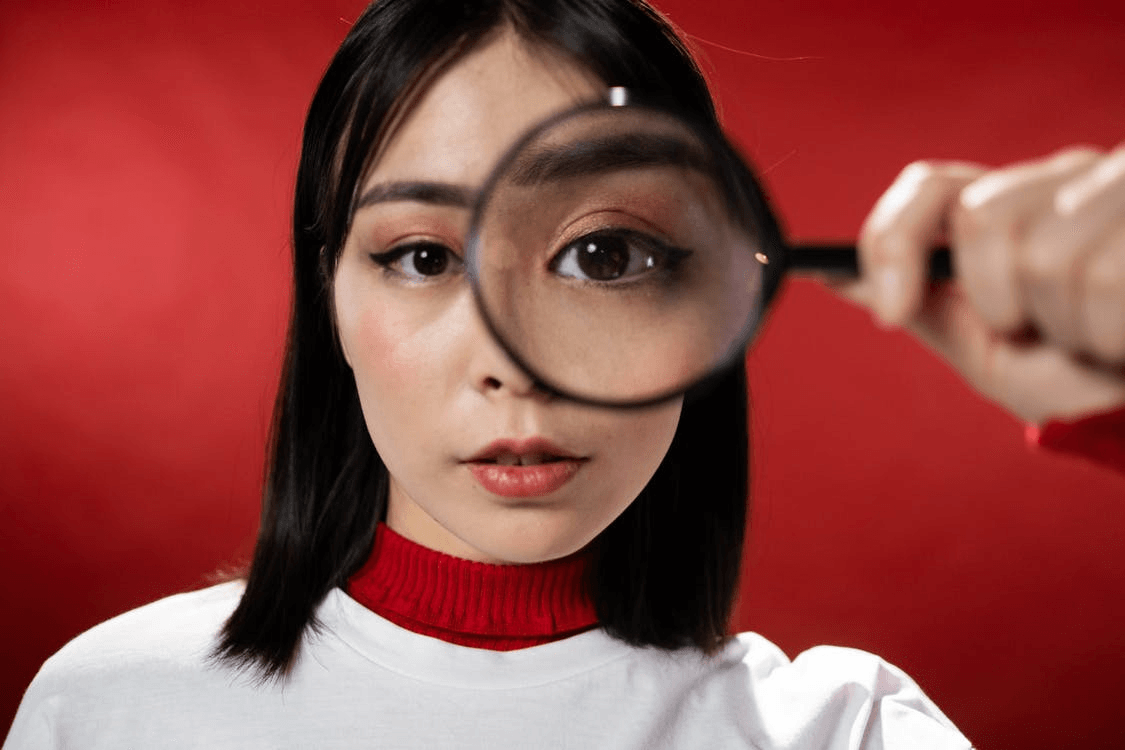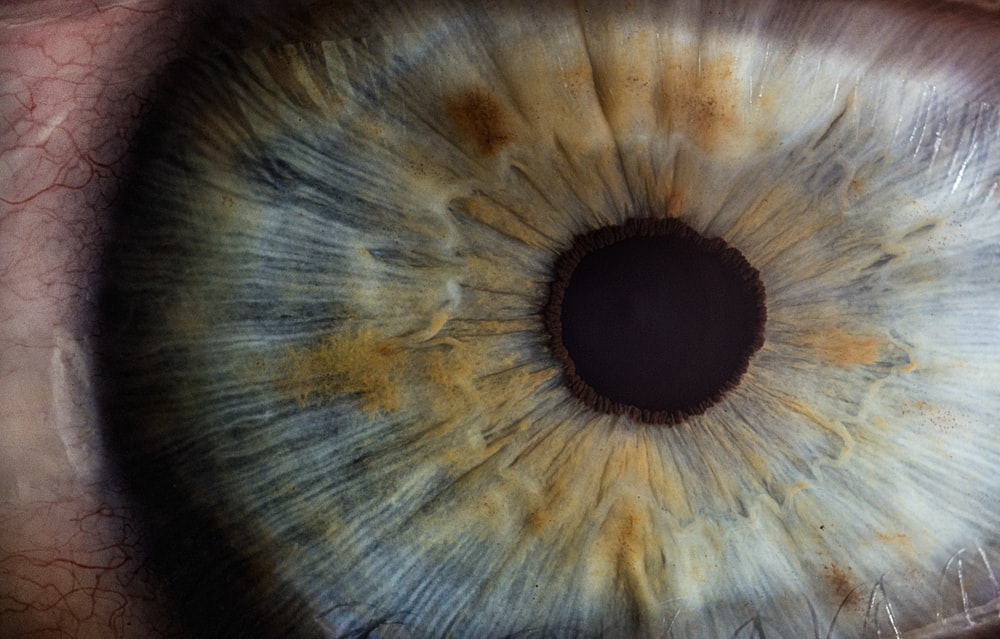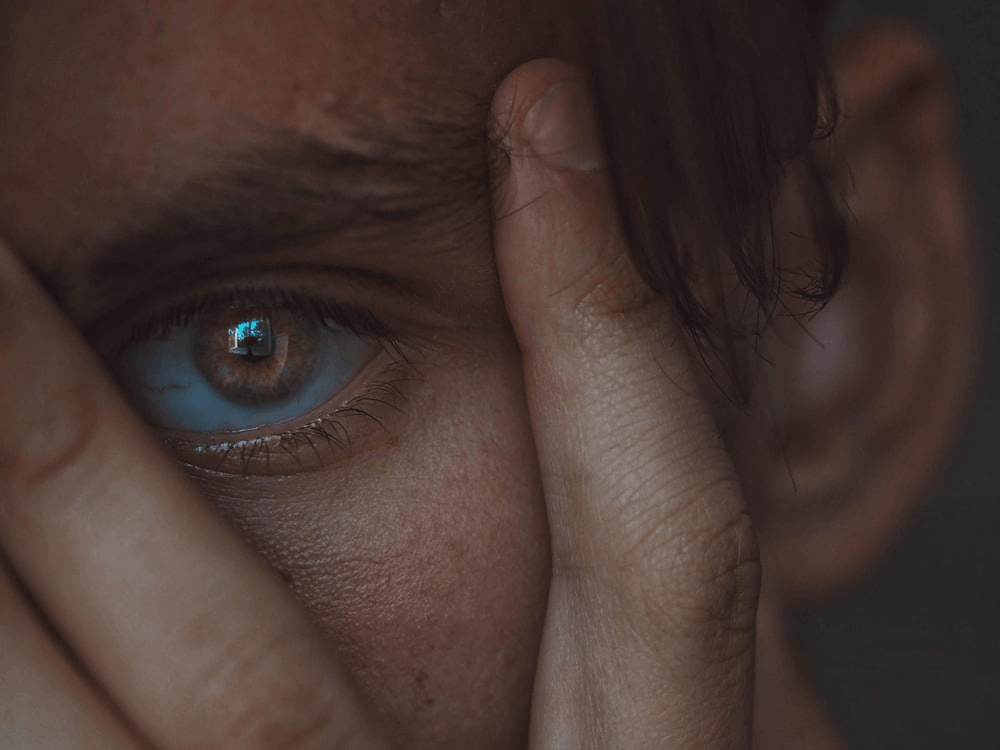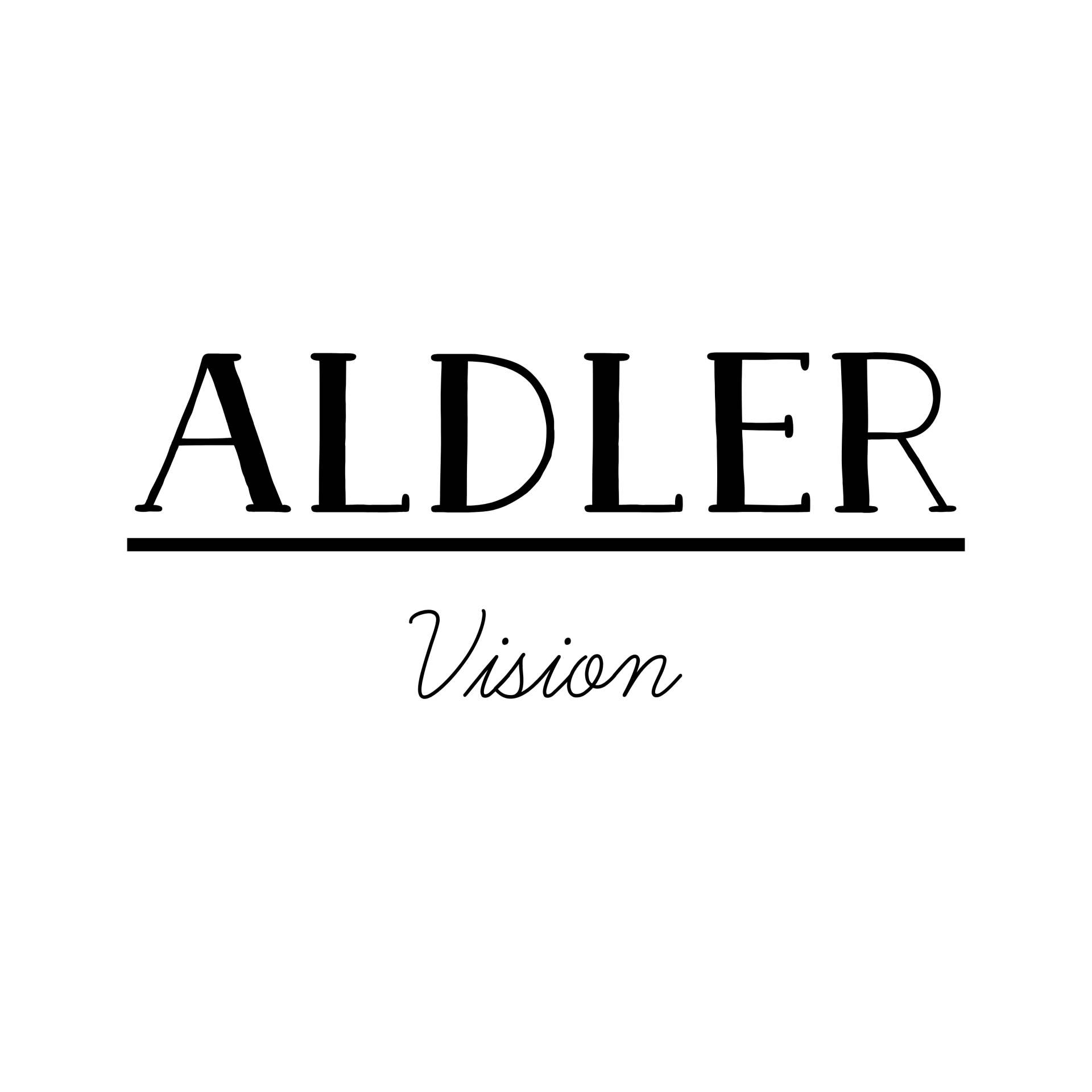What is a Lazy Eye? Symptoms and Treatment of Lazy Eye

What is a Lazy Eye?
Amblyopia or commonly known as lazy eye, is a condition that develops when in the early life of a person, the visual development gets affected by an abnormality. Amblyopia causes reduced vision in one eye. The most common age of the development of a lazy eye is between 0 to 7 years of age. It is rare for the lazy eye to affect the vision of both eyes, but the condition is the leading cause of affected vision among children. It is crucial to diagnose it early so that the treatment can prevent long-term vision problems.
Amblyopia can be caused by developmental disabilities, genetics, physical weakness at the time of birth, premature birth, deprivation, or imbalance in the muscles that position the eyes.
Symptoms of a Lazy Eye
The following are some common signs and symptoms of a lazy eye:
l Tilting of the head
l Shutting or squinting of an eye
l Difficulty in perceiving depth
l Both eyes have poor coordination or misaligned movement
l Outward or inward wandering of an eye
If a kid or person affected with lazy eye takes a vision screening test, it is most likely that the results of the test will be abnormal. It is important to remember that there are certain cases in which none of the above-mentioned symptoms of a lazy eye appear, and the condition only gets evident with an eye exam.
Treatment of Lazy Eye
It is common for children not to notice an abnormality when they have a weak eye as the brain, and the unaffected eye compensates for the decreased vision. When the lazy eye is diagnosed, an eye specialist might suggest the following treatments for it:
Glasses
A prescription for glasses is usually the first remedy eye doctors opt for in the treatment of amblyopia. They ask the affected individual to wear them constantly so that their effectiveness against the condition might be evaluated. There are cases when glasses correct lazy eye, and no more treatment is needed.
Phacoemulsification or Cataract Surgery
If the cause of amblyopia is cataract, removing the cataract through surgery corrects it most of the time.
Occlusion or Eye Patch
Another therapy for lazy eyes is through the use of an eye patch. The stronger eye is covered with a patch, so the brain only receives information from the weaker eye. When that happens, the brain cannot ignore it and works to improve the vision. This is an effective remedy for enhanced vision, but it does not improve the poor movement of the eye.
Treatment of lazy eye includes certain exercises, medication, and surgeries as well. It is crucial to notice your kids for the symptoms of a lazy eye and take them for routine visits to the eye specialist as well, so the condition does not worsen or becomes long-term.
